Previously published, Galveston County Daily News, Jan 23, 2019
Opiate Use Disorder is claiming lives by the tens of thousands. The Center for Disease Control reported 47,600 deaths in the US involving opioids in 2017, concluding that the opioid overdose epidemic continues to worsen with increased in deaths involving synthetic opioids such as fentanyl. In the state of Texas, deaths attributable to opioids rose three times from 1999-2015 with increasing impact on maternal mortality and neonatal abstinence syndrome.
The UTMB Department of Family Medicine recently submitted a grant proposal to improve education and clinical practice by training and outreach to rural areas hardest hit by this growing scourge. Many of those with OUD started on prescription medications and then moved onto black market products like heroin, fentanyl, and diverted OxyContin.
Controlled substance contracts, the statewide Prescription Monitoring Program, limiting initial opiate prescriptions, automated electronic medical record notifications about the use of Naloxone, medical provider and public awareness are all part of the solution.
The use of auricular (ear) acupuncture for substance abuse, alleviating withdrawal symptoms, behavioral health, and pain management is a safe, widely researched, and long-standing adjunctive treatment modality. The National Acupuncture Detoxification Association (NADA protocol) is the best known of the methods and has been practiced widely for over 30 years. It involves application of 3 to 5 needles at specified ear points, is simple to learn and to apply, and enjoys wide patient acceptance.
The clinical application of ear acupuncture for substance use since it was first found effective in easing withdrawal symptoms from opium and heroin in Hong Kong in the 1970’s. Since then, research and practice-based evidence continues to accumulate and drive its use along with safety, ease of application, and patient acceptance.
The broad application of NADA to alcohol, opiate, 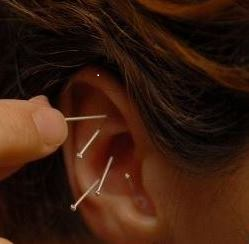 tobacco, methamphetamine, and cocaine abuse makes it a promising adjunct to medical and behavioral treatment methods in a very challenging patient population. Additionally, the NADA protocol has been used for stress management, including post-traumatic stress, treating addicted pregnant women, sleep disorders, and anxiety. It has been used in refugee camps, post-hurricane settings, prisons, hospitals, rehabilitation treatment centers, as well as outpatient clinics, predominantly in a group treatment context.
tobacco, methamphetamine, and cocaine abuse makes it a promising adjunct to medical and behavioral treatment methods in a very challenging patient population. Additionally, the NADA protocol has been used for stress management, including post-traumatic stress, treating addicted pregnant women, sleep disorders, and anxiety. It has been used in refugee camps, post-hurricane settings, prisons, hospitals, rehabilitation treatment centers, as well as outpatient clinics, predominantly in a group treatment context.
Practitioners emphasize that so-called “acudetox” is an adjunctive, not a standalone treatment for easing withdrawal symptoms as well as maintenance of abstinence. It is most effective when applied with standard therapy, behavioral interventions, and/or 12-step programs.
Physiological studies have shown auricular acupuncture acts on neuroendocrinological pathways include serotonin, dopamine, endorphin, dynorphin, and GABA receptors which mediate its effects on pain management. The Battlefield Acupuncture protocol using 5 tiny tacks in each ear has been increasingly used since the early 2000’s when it was first applied in military settings. It can also be highly and immediately effective in acute problems like migraine and chronic problems such as back or muscle pain.
Other non-pharmacological treatments such as mindfulness, anti-inflammatory herbs and supplements, chiropractic, massage, hypnosis, diet, exercise, physical therapy, yoga and tai chi can also be part of a rational integrative pain management plan that doesn’t involve the risk of using addicting opiates.
“If I cannot do great things, I can do small things in a great way.”
---Martin Luther King, Jr.

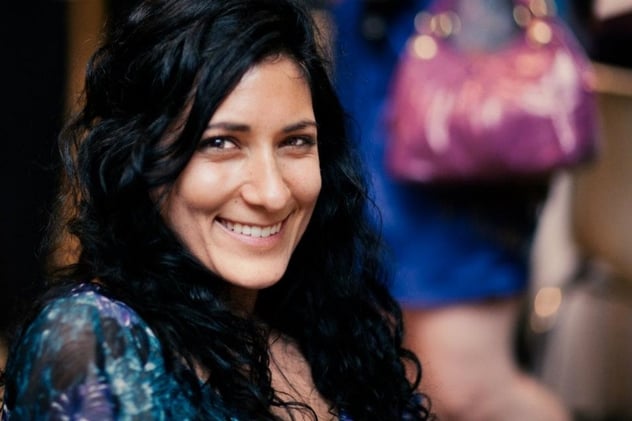

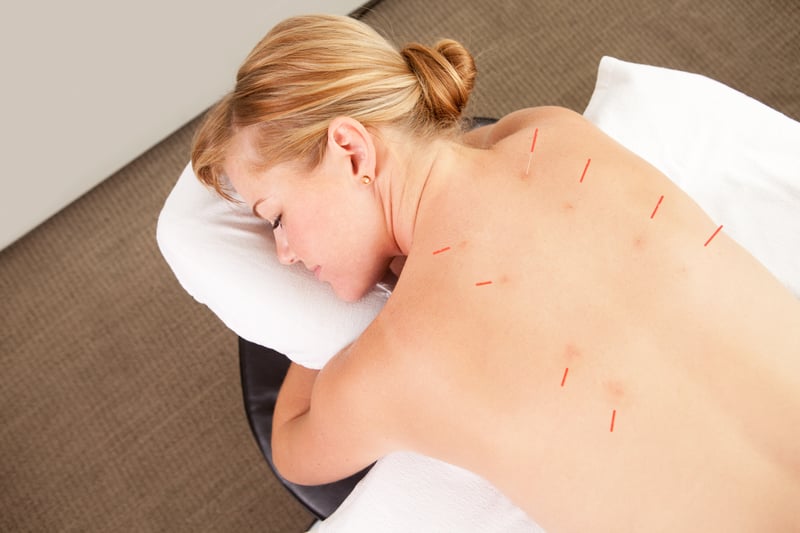
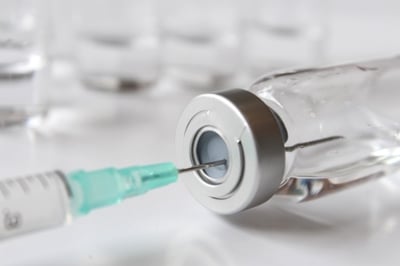
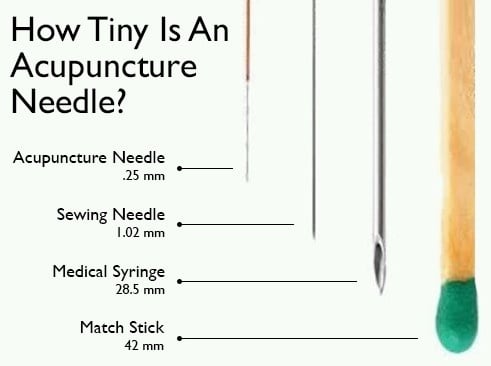
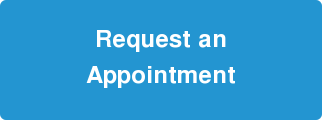
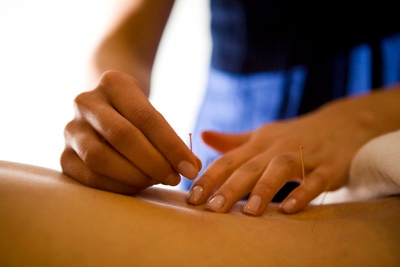
-resized-600.jpg?width=300&name=acupuncture_(7)-resized-600.jpg)

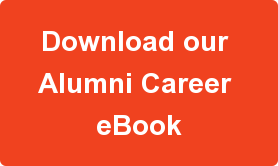
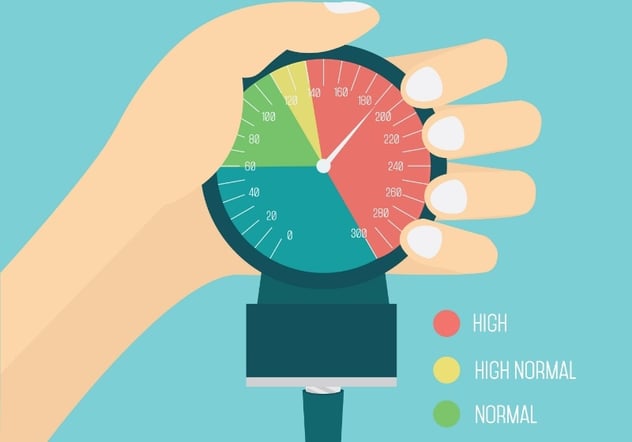 Hypertension is a series of clinical symptoms marked by increase of blood pressure in the arteries of blood circulation, according to the criteria suggested by the
Hypertension is a series of clinical symptoms marked by increase of blood pressure in the arteries of blood circulation, according to the criteria suggested by the 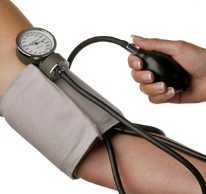

-resized-600.jpg?width=260&height=343&name=acupuncture_(8)-resized-600.jpg)

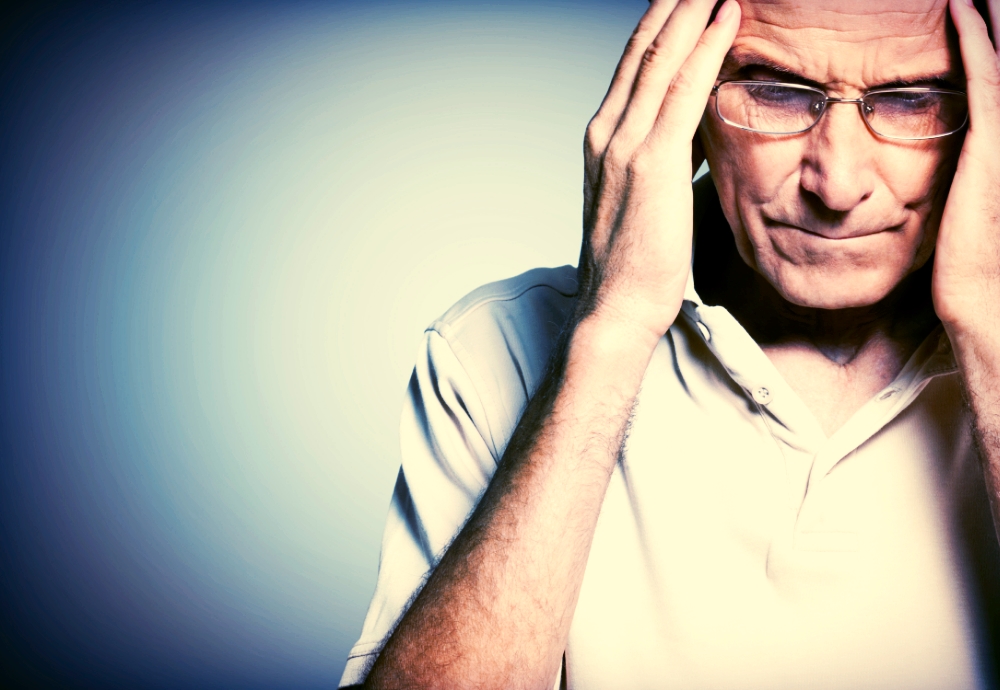
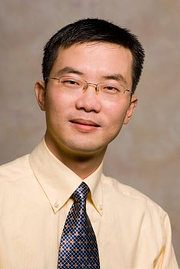

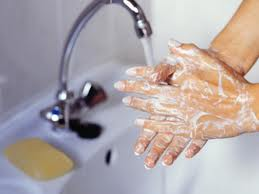 4. Clean your hands.
4. Clean your hands.
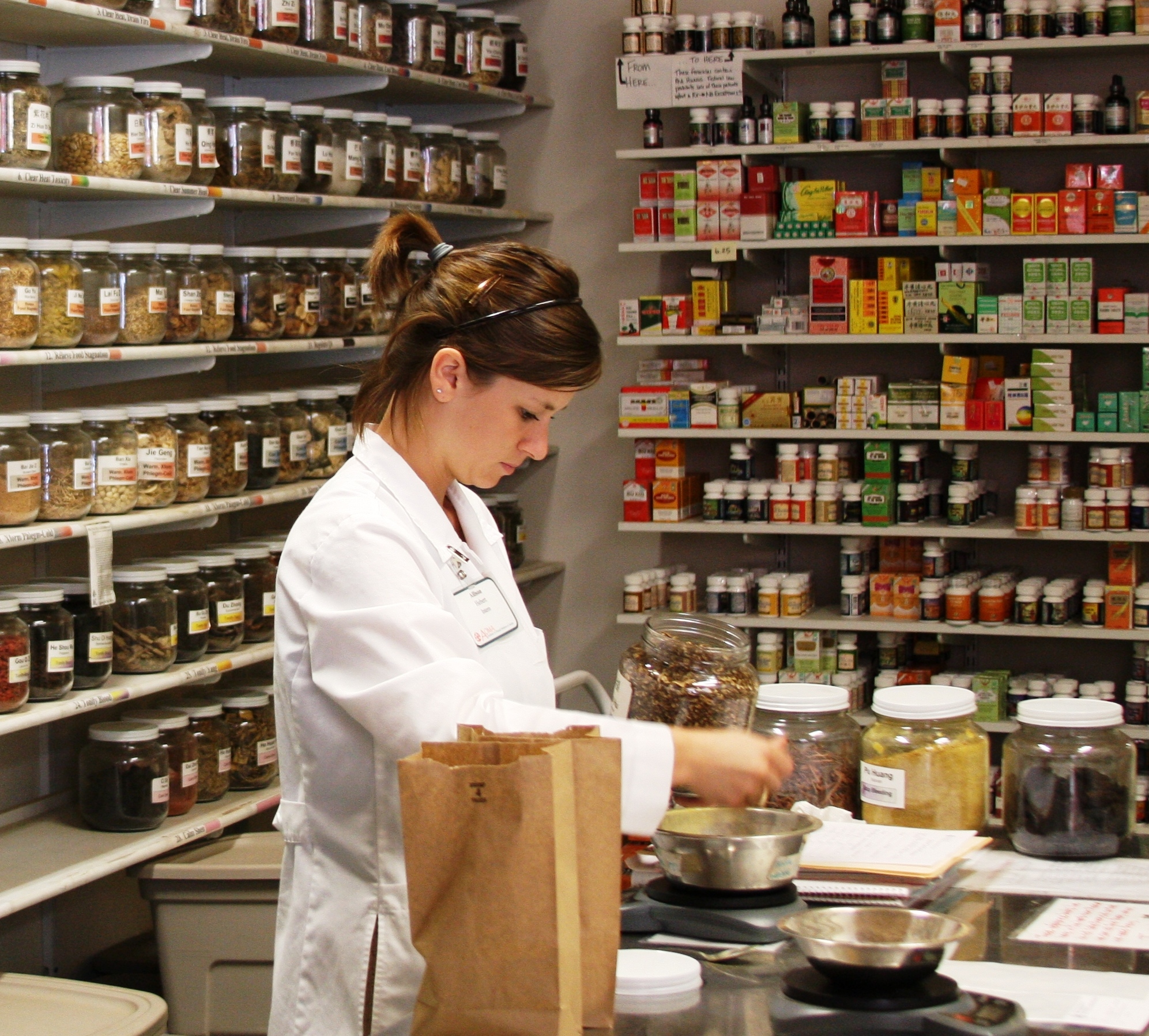.jpg?width=278&height=251&name=herbs_(2).jpg) O) serves as the authority for health and health care within the United Nations system and is leader on global health matters. In addition to playing a key role in medical research, establishing health care standards and policy, the WHO also monitors and assesses emerging trends in global health.
O) serves as the authority for health and health care within the United Nations system and is leader on global health matters. In addition to playing a key role in medical research, establishing health care standards and policy, the WHO also monitors and assesses emerging trends in global health.
